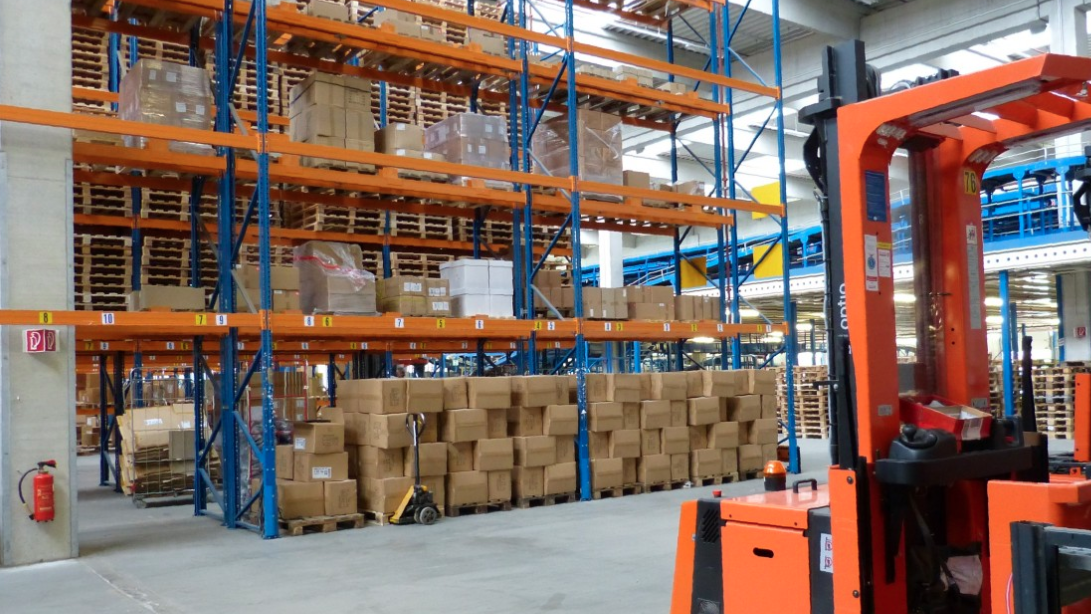Unleashing intelligent workflows with ERP implementation
Successful intelligent automation extends beyond latest technology

Businesses are increasingly seeking ways to streamline processes, enhance efficiency and above all, accelerate innovation – making intelligent automation a desirable solution. At the heart of successful automation and the epicenter of key business operations is enterprise resource planning (ERP) software, a market that is projected to grow at a compound annual growth rate (CAGR) of 5.31% from 2024-2029.
Modern ERP systems go beyond traditional data management to actively enable intelligent automation. Powered by advancements in artificial intelligence (AI) and machine learning (ML), these systems facilitate real-time decision-making, predictive analytics, and advances that adapt to dynamically changing business needs.
While ERP systems are crucial for ensuring automation initiatives are scalable, compliant, and aligned with business objectives, successful intelligent automation extends beyond the implementation of the latest technology. It demands leadership commitment, and alignment between strategy, people, and processes. Companies that leverage ERP systems as the foundation of their automation strategies are better positioned to unlock operational excellence and gain a competitive advantage.
Director, Intelligent Automation & BPM Business, Percipere.
ERP systems: driving end-to-end automation and seamless integration
Modern ERP systems are evolving beyond process automation to become critical enablers of IoT integration and cybersecurity frameworks. By serving as the central nervous system of an organization, ERPs provide the data consolidation and real-time analytics essential for IoT ecosystems. Connected devices generate vast amounts of data that can inform operational decisions, and ERPs act as the hub where this information is aggregated, processed, and transformed into actionable insights. This convergence facilitates predictive maintenance, smarter supply chain management, and dynamic resource allocation.
In parallel, the rising reliance on IoT will result in new vulnerabilities coming to the surface. ERP systems now implicitly not only have to manage data but also actively prevent misuse. Advanced ERP cloud platforms have integrated cybersecurity tools, such as AI-powered threat detection and blockchain-enabled authentication, to mitigate risks across devices including IoT-connected devices. Organizations must prioritize ERP systems that emphasize robust cybersecurity measures, ensuring compliance with evolving data protection standards while safeguarding sensitive information.
ERP systems need to incorporate greater adaptability to manage increasingly complex business networks while leveraging advanced AI tools.
How AI and ML elevate ERP-driven automation
The infusion of AI and ML into ERP systems elevates their capabilities beyond traditional process management. AI-powered ERPs enable real-time decision-making by analysing vast amounts of data and identifying actionable insights. For example, predictive analytics powered by ML can anticipate future trends, such as demand fluctuations, enabling businesses to optimize inventory and allocate resources effectively. Similarly, AI algorithms can detect patterns in financial transactions, flagging anomalies that might indicate fraud or inefficiencies.
Moreover, machine learning enhances ERP systems adaptability by continuously refining automation workflows based on historical data and varying conditions. This self-learning feature makes automation resilient, allowing businesses to respond proactively to disruptions, such as supply chain delays or market shifts.
Addressing and navigating ERP integration challenges
It’s important to note that integrating ERP systems with automation technologies can often present challenges. Legacy systems, for instance, may lack compatibility with modern platforms, which complicates integration. This can be addressed through middleware solutions, APIs, or phased upgrades that maintain operational continuity while transitioning to more advanced systems.
Cultural resistance is another common hurdle, as employees may fear job displacement or disruption due to innovative tools such as AI, when the reality is that in most scenarios more agile and nimble competitive businesses will drive enterprises out of market due to better cost and value propositions.
Clear understanding of the ROI, communication about automation’s benefits and role in augmenting human effort and market differentiation is essential. Additionally, organizations need to consider the costs of the integration, given the significant investment required and prioritize automation in high-impact areas, implementing solutions incrementally.
Aligning ERP implementation with automation objectives
Companies must align ERP implementation with automation objectives in order to achieve successful digital transformation, otherwise, they’ll get left behind. A clear definition of automation goals is the first step, as these objectives guide the ERP system’s configuration and integration. Whether the focus is on cost reduction, process efficiency, or compliance, these targets provide a framework for designing systems that meet business needs effectively.
By fostering a cross-functional alignment, with collaboration across departments and active stakeholder engagement, organizations can leverage ERP systems to create a unified operational ecosystem that supports cohesive workflows.
A well-designed ERP system should be capable of withstanding the growth and evolution of the business, demonstrating scalability and flexibility. Moreover, comprehensive training and change management are essential to ensure smooth user adoption and minimize resistance to new systems and processes. Employees must understand how to effectively utilize ERP-driven automation and recognize its value in enhancing their work.
By proactively addressing these challenges, businesses can fully unlock the potential of ERP-driven automation, enabling systems and stakeholders to operate with greater efficiency, resilience, and innovation throughout the enterprise.
We've featured the best IT documentation tool.
This article was produced as part of TechRadarPro's Expert Insights channel where we feature the best and brightest minds in the technology industry today. The views expressed here are those of the author and are not necessarily those of TechRadarPro or Future plc. If you are interested in contributing find out more here: https://www.techradar.com/news/submit-your-story-to-techradar-pro
Are you a pro? Subscribe to our newsletter
Sign up to the TechRadar Pro newsletter to get all the top news, opinion, features and guidance your business needs to succeed!
Director, Intelligent Automation & BPM Business, Percipere.
You must confirm your public display name before commenting
Please logout and then login again, you will then be prompted to enter your display name.